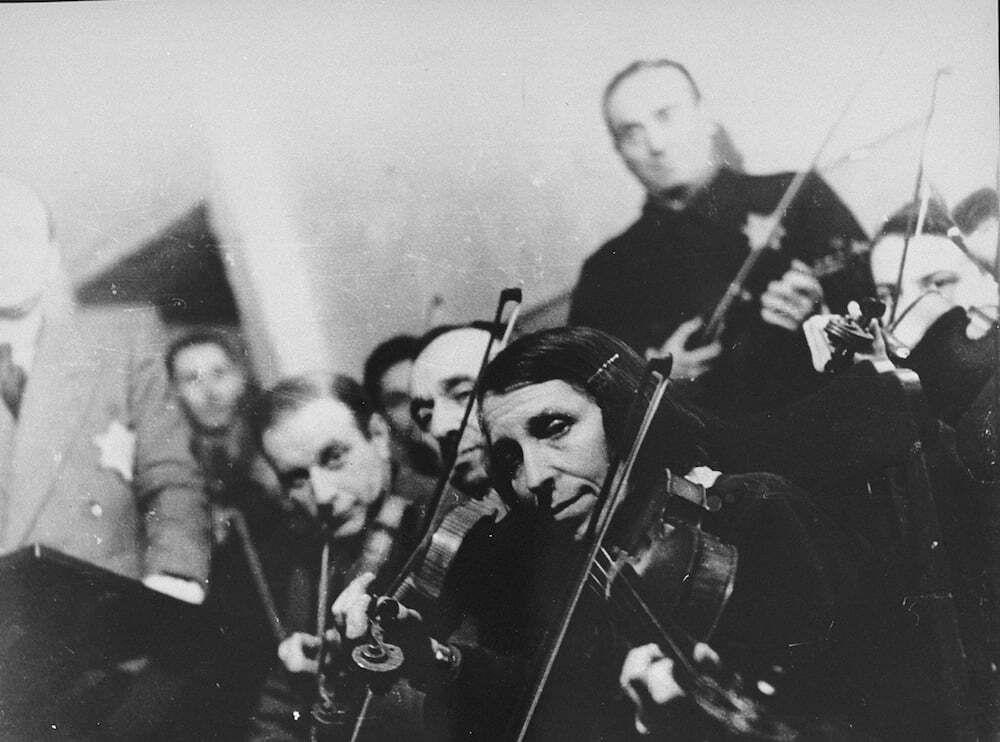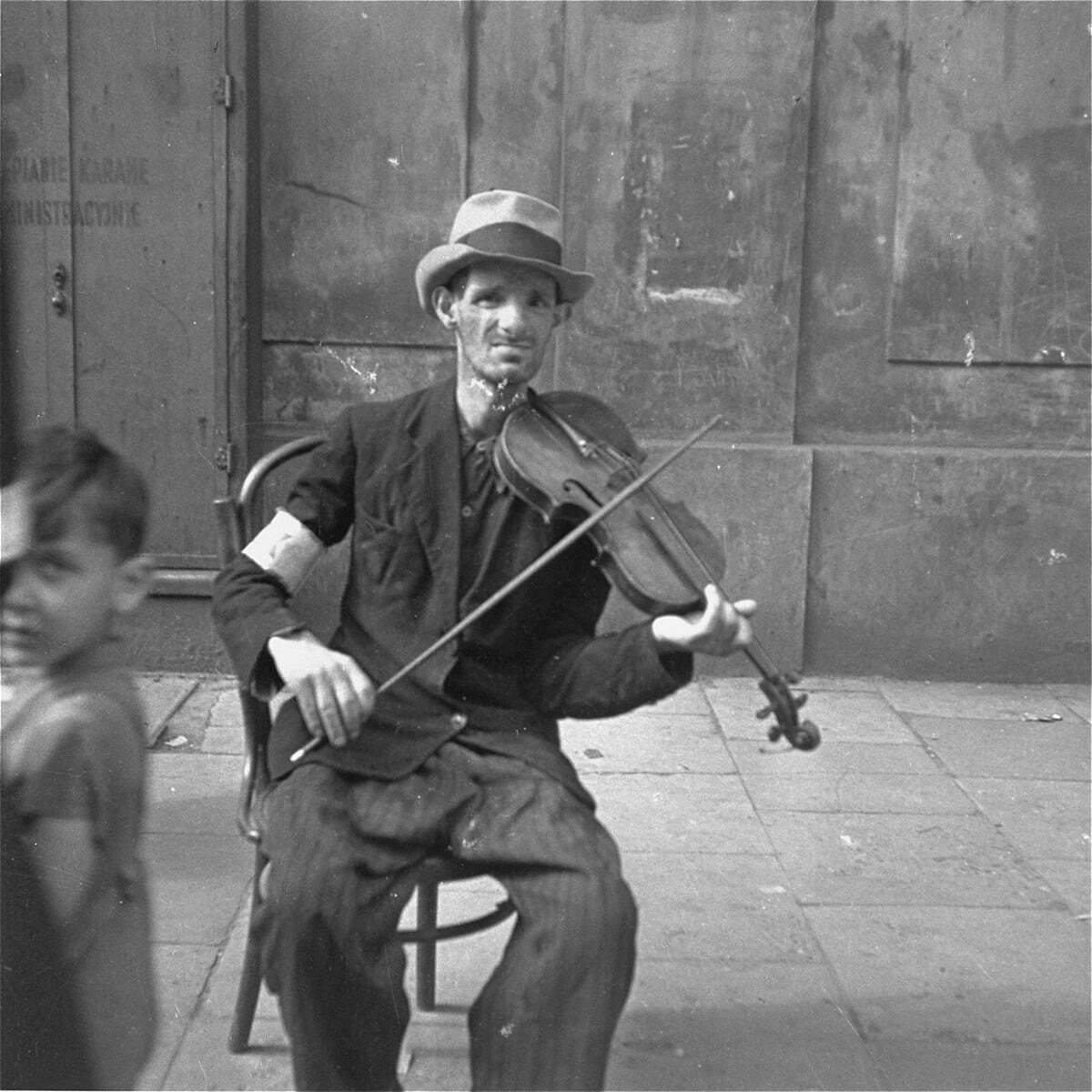RICHMOND, Va. -- Music has a way of pulling people together.
For these ticket holders, the wait is finally over. Anticipation has been building.
Patrons do not want to miss this event, a concert more than 80 years in the making.
Taking center stage are the instruments.
Violins of Hope is a traveling exhibit crisscrossing the globe, and Avshi Weinstein is the co-founder.
“It is a unique instrument. Some of them take one or two years of restoration,” described Avshi. “You have to be very, very precise.”
The Israeli woodworker and his father Amnon build and restore violins in their workshop 6,000 miles away.
The duo’s specialty are strings with a story.
“I am working with violins from a few years old to 500 years old. They all have history,” said Avshi.
Many of these instruments belonged to Jewish musicians in the early 1900s.
“This is what those people had,” said Avshi. “This is what they could afford. The good stuff was confiscated.”
Their violins survived. Many of the music makers did not.
“We try to bring them back to life. And with them, the stories of previous owners,” said Avshi.
He launched the Violins of Hope to honor his 400 family members who perished in the Holocaust.
“They all tell us the story of the war. This war was built from hundreds of millions of stories. Good or bad. Sad or happy,” said Avshi.
Avshi said if you listen closely, you hear the souls of the original musicians.
“When a person plays on an instrument for a very long time, they leave a little bit of themselves inside it,” Avshi said.
Virginia Holocaust Museum Executive Director Sam Asher said it’s taken three and a half years for the exhibit to reach Richmond.
“It is one thing for me to look at the instruments. But when the musicians held them, played them it was unbelievable,” said Sam. “I heard the music coming out of these instruments from the Holocaust. It was something to behold.”
Sam said for prisoners in concentration camps, music provided an escape.

“You were transported in time out of the terrible situation you were living in back to a semblance of normal life,” explained Sam.
The museum’s archivist Tim Hensley said even in their advanced age, the violins remain durable. Not-so-silent witnesses to an unforgettable period.
“Most of these are from the late 1800s to the early 1900s,” said Tim. “So in that case we are assuming that that person who gave up the violin did not survive."
Molly Sharp is a 27-year member of the Richmond Symphony.
“It is amazing to think where this viola has been,” said Molly. “When you’re playing the music it helps you transform them and heal them.”
The professional musician said playing the exhibit’s only viola can pull the heartstrings. But Molly tries not dwelling on the past too much while performing.
“You know the story of this instrument is not over,” said Molly. “It is a living memorial, and we’re keeping them alive by continuing to play them.”
“There are no two different instruments that are the same,” Avshi said.
Avshi and Amnon are determined to expand their collection.
“Where we are we going to stop honestly I don’t know,” said Avshi. “We get good feedback, which makes it even better. Hopefully we will go on.”
The father and son are searching for more violins linked to the holocaust before they’re lost forever.

“Violins of Hope is a way to remember. It is a way to cherish. It is a way to hear a different time,” said Avshi.
For Avshi Weinstein, the power of Violins of Hope rests in their sound.
“In the end we only know the final result when the violin is being played,” said Avshi.
Sadness and joy reverberating across the decades. A sound that not only brings people together, but it can also bring them to their feet.
“This was a resurrection of these instruments and also the people but a reminder of a terrible time but also to give us hope,” said Sam Asher. “And that is why they’re called the Violins of Hope.”
You will get a chance to hear the Violins of Hope at two concerts on Sept. 9 and Sept. 10. The Violins of Hope at the Virginia Holocaust Museum exhibit will run through Oct. 24.
Watch for Wayne Covil's stories on CBS 6 News and WTVR.com. If you know someone Wayne should profile, email him wayne.covil@wtvr.com.
Find unique, award-winning stories that celebrate voices in our community on CBS 6 News.







